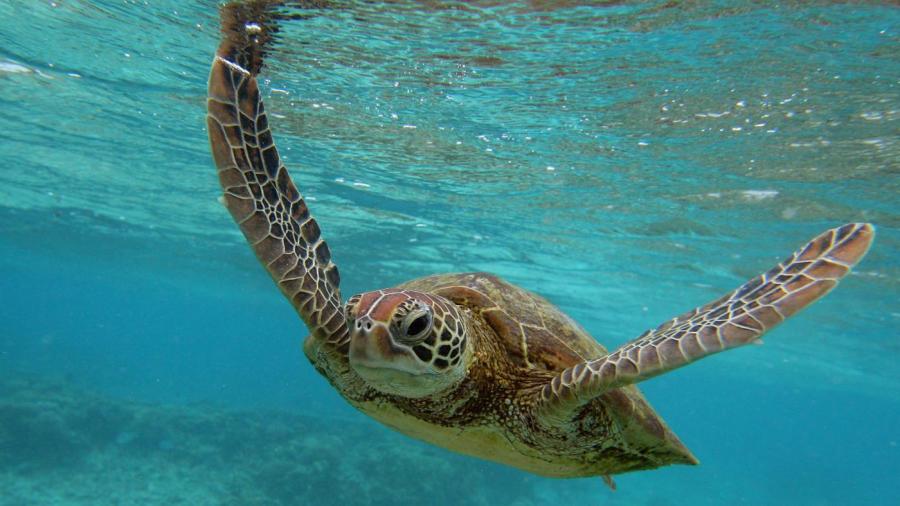What Is the Difference Between Saltwater and Freshwater?

The main difference between saltwater and freshwater is the salinity content. Both contain salt or sodium chloride, but freshwater contains only small amounts of salt.
The Earth‰Ûªs oceans and seas are saltwater ecosystems while lakes, rivers, streams, marshes and ponds are freshwater ecosystems. Seawater‰Ûªs viscosity, or internal resistance to flow, is higher than freshwater because of differences in salinity. Each type of water allows for different animals, marine and plant life to thrive.
Freshwater Ecosystems Within a pond and lake, there are several zones that offer different atmospheres best for certain types of life. The top level is called the littoral zone, which is home to algae, plants and fish. Amphibians and insects also live in the littoral zone. In the second zone, called the limnetic zone, plankton thrive as well as some types of fish. Lastly, the third zone is called the profundal zone.
Another type of freshwater ecosystems is a wetland. Inside a wetland, one can find a large variety of plant life, mostly hydrophytes, which have evolved to thrive in moist environments. Many birds and amphibians live in the area. Some wetlands have salty water, so wetlands are not always considered to be a freshwater ecosystem.
Saltwater Ecosystems Ocean life is incredibly diverse. From the largest whale to the smallest plankton, the ocean is filled with wonders. Coral reefs, dolphins and a huge array of fish call saltwater ecosystems their home. There are kelp forest, mangrove and rocky shore ecosystems. Coral reef and deep-sea ecosystems also support different types of life. Considering that more than 70 percent of the planet is covered by oceans, and 97 percent of the planet’s water is the ocean, it’s safe to say that the most prevalent form of water on Earth is saltwater.
Salinity Levels The average salinity of ocean water is 3.5 percent, which means that 35 grams of salt dissolved in a liter of seawater. The salinity of different bodies of water hinders organisms from thriving in both saltwater and freshwater. Some plants and animals survive in one type of water but not the other.
Water Density Another considerable difference between the two is their density. Saltwater has a higher density than freshwater because of the sodium chloride it contains. Furthermore, cold saltwater is denser than warm saltwater but it becomes less dense when water freezes into ice. The boiling point of seawater is higher than that of pure water, and its freezing point is lower. The density of saltwater is 1.025, while freshwater‰Ûªs density is 1.0. Objects float more easily in saltwater than in freshwater. Humans typically find it easy to float in seawater but not in freshwater.
Estuaries Estuaries are an important part of Earth’s ecosystem. It’s where the saltwater and freshwater mix together, which allow for a diverse range of life to flourish. Since different parts of the estuary have different levels of both kinds of water, one can find one reef filled with oysters whereas another is filled with blue crabs while a third area is filled with sea turtles.





